In Vietnam, people often know the "banana king" Ut Huy (full name Vo Quang Huy) with more than 1,000 hectares of agricultural land from the Mekong Delta to the Southeast region and some in the Lam Dong plateau.
In recent years, Mr. Duc has gradually revealed more than 7,000 hectares of bananas in Gia Lai , Laos and Cambodia, attracting attention, or billionaire Tran Ba Duong has officially entered the large-scale agricultural market after taking over HAGL Agrico (stock code: HNG), also one of the few Vietnamese businessmen who owns thousands of hectares of crops.
In a share at the 2025 annual shareholders' meeting, Vietnam Rubber Industry Group (stock code: GVR) unexpectedly "boasted" that it had nearly 1,400 hectares of bananas. When talking about this enterprise, most people think of its main sectors as rubber, industrial park real estate and renewable energy.
The minutes of the recent extraordinary general meeting of shareholders of this group also showed figures in the high-tech agriculture sector. By the end of October, 12 units had implemented land use conversion projects oriented towards high-tech agriculture with an area of 1,687 hectares. The banana export model alone was expanded with a total area of 1,368 hectares in 8 units.

Another Vietnamese enterprise has appeared, owning more than 1,000 hectares of bananas (Photo: Getty).
Thus, Vietnam currently has 4 giants owning cultivation areas of up to thousands of hectares. According to experts, large-scale cultivation is a necessary condition for Vietnam to be able to apply industrialization, aiming towards sustainable agricultural development.
The agricultural investment moves of Vietnamese tycoons also take place in the context of Vietnam increasingly making its mark on the world map. From a shortage, Vietnam has become a country that ensures domestic food security, contributing to ensuring global food security with the world's leading rice export volume.
Thanks to the policy of innovation and development, Vietnam has now become an agricultural export powerhouse. If in 1986, the value of agricultural exports was only 486.2 million USD, by 2000, it had increased to 4.2 billion USD and by 2024 it would reach 62.5 billion USD, 125 times higher than in 1986, and 625 times higher than in 1975.
During the period 1986-2024, the growth rate of agricultural export turnover value reached an average of 13.5%/year. Export items with high value in 2024 include: wood and wood products reaching 16.2 billion USD; seafood reaching more than 10 billion USD; vegetables and fruits reaching 7.12 billion USD; rice reaching 5.75 billion USD; coffee 5.48 billion USD; cashew nuts 4.48 billion USD, rubber latex 3.37 billion USD; cassava 1.13 billion USD...
Source: https://dantri.com.vn/kinh-doanh/them-doanh-nghiep-viet-co-hon-1000ha-chuoi-cai-ten-gay-bat-ngo-20251111110813455.htm


![[Photo] Deep sea sand deposits, ancient wooden ship An Bang faces the risk of being buried again](https://vphoto.vietnam.vn/thumb/1200x675/vietnam/resource/IMAGE/2025/11/13/1763033175715_ndo_br_thuyen-1-jpg.webp)









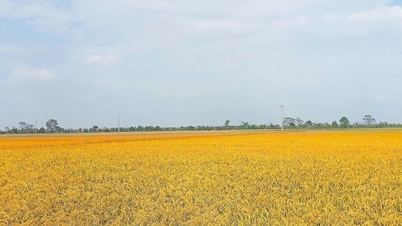

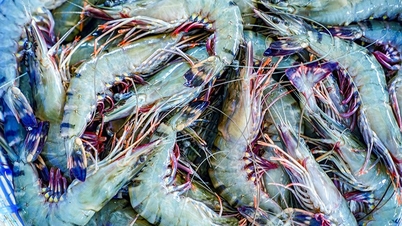

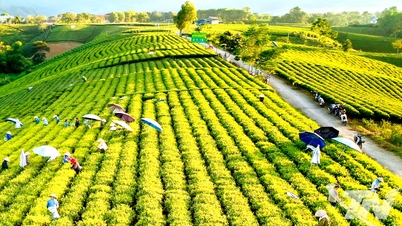






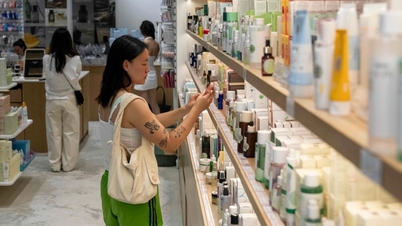


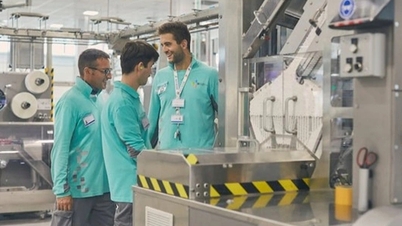





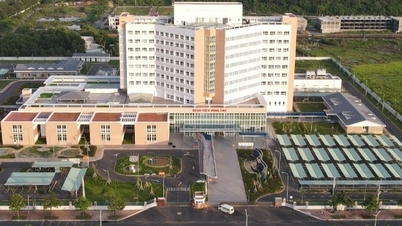









































![[Photo] Panorama of the 2nd Vietnam-Cambodia Border Defense Friendship Exchange](https://vphoto.vietnam.vn/thumb/402x226/vietnam/resource/IMAGE/2025/11/13/1763033233033_image.jpeg)
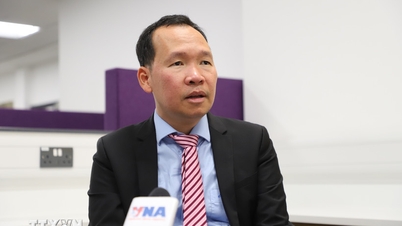

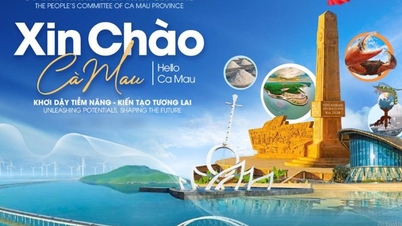
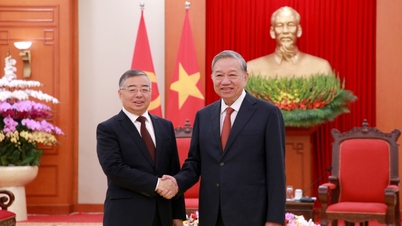


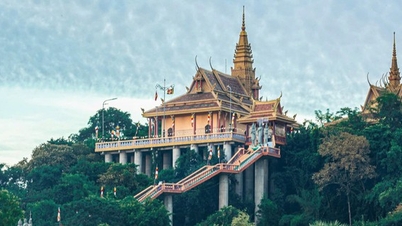

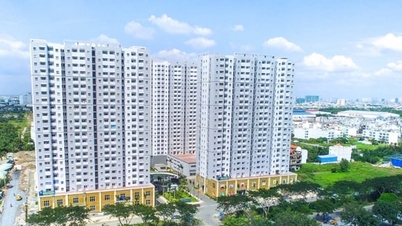

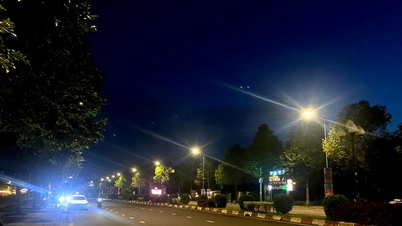
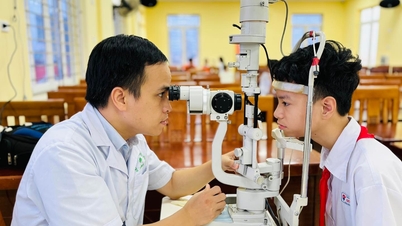





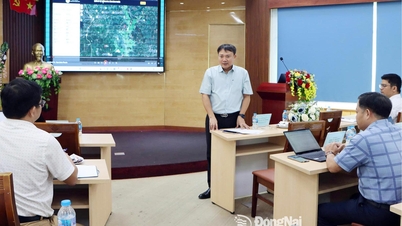





![Dong Nai OCOP transition: [Article 3] Linking tourism with OCOP product consumption](https://vphoto.vietnam.vn/thumb/402x226/vietnam/resource/IMAGE/2025/11/10/1762739199309_1324-2740-7_n-162543_981.jpeg)






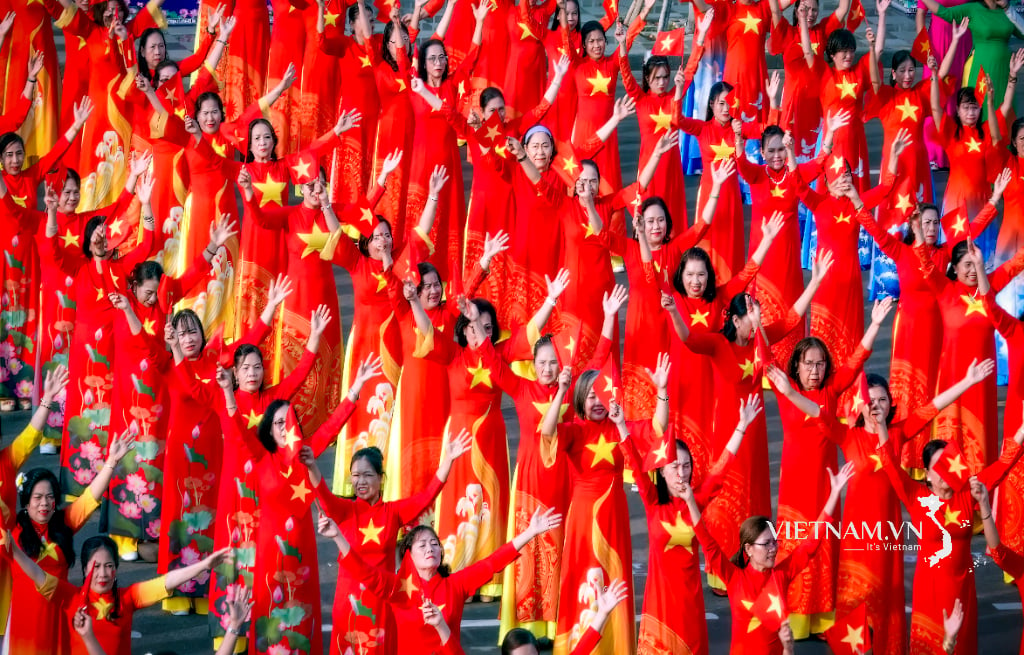
Comment (0)